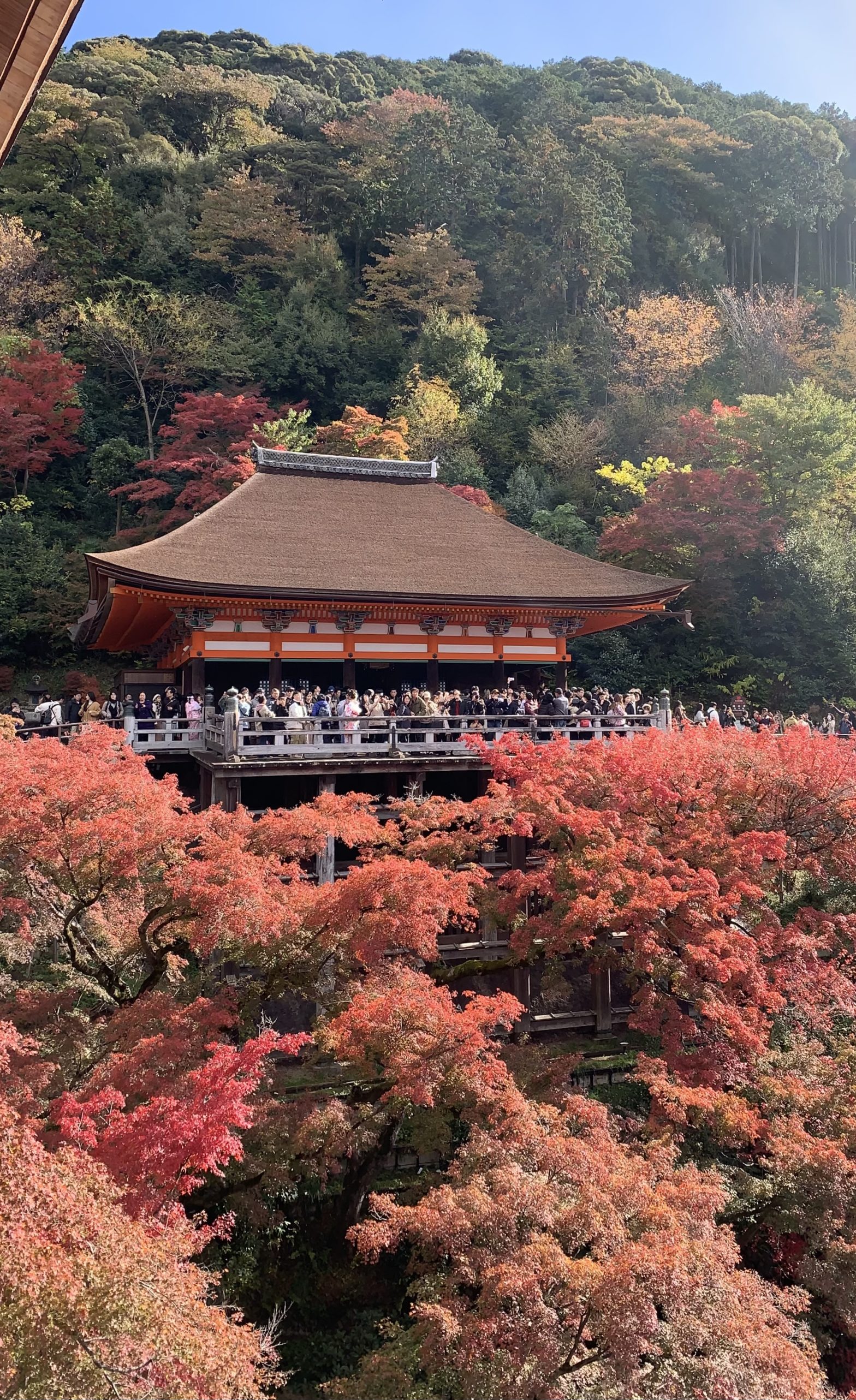I originally planned to study abroad next semester in the spring, but as this semester comes to an end, I couldn’t be happier I chose the fall semester. Autumn in Japan is beautiful. I’m accustomed to Midwest falls that start in September, followed by a temperature drop in October. Here in Japan, until around mid-to-late October, and the leaves were slow to change, showcasing fall foliage or kouyou. During my time here, I’ve had the privilege to experience fall in a number of different places, all with their own charm and sites. From here, I’ll share some moments of how I’ve been able to enjoy fall in Japan.
Shirakawa and Takayama
On Halloweekend, IES took us on an excursion a few hours north of Nagoya, to the old and quiet towns of Shirakawa-go and Takayama, located in the mountainous region of Gifu. The kouyou had already started here, and as our bus pulled into the lot in Shirakawa-go, I could already see some orange hues. Shirakawa-go’s charm lies in its old, large-roofed gasshō-zukuri style houses, spread throughout the village.
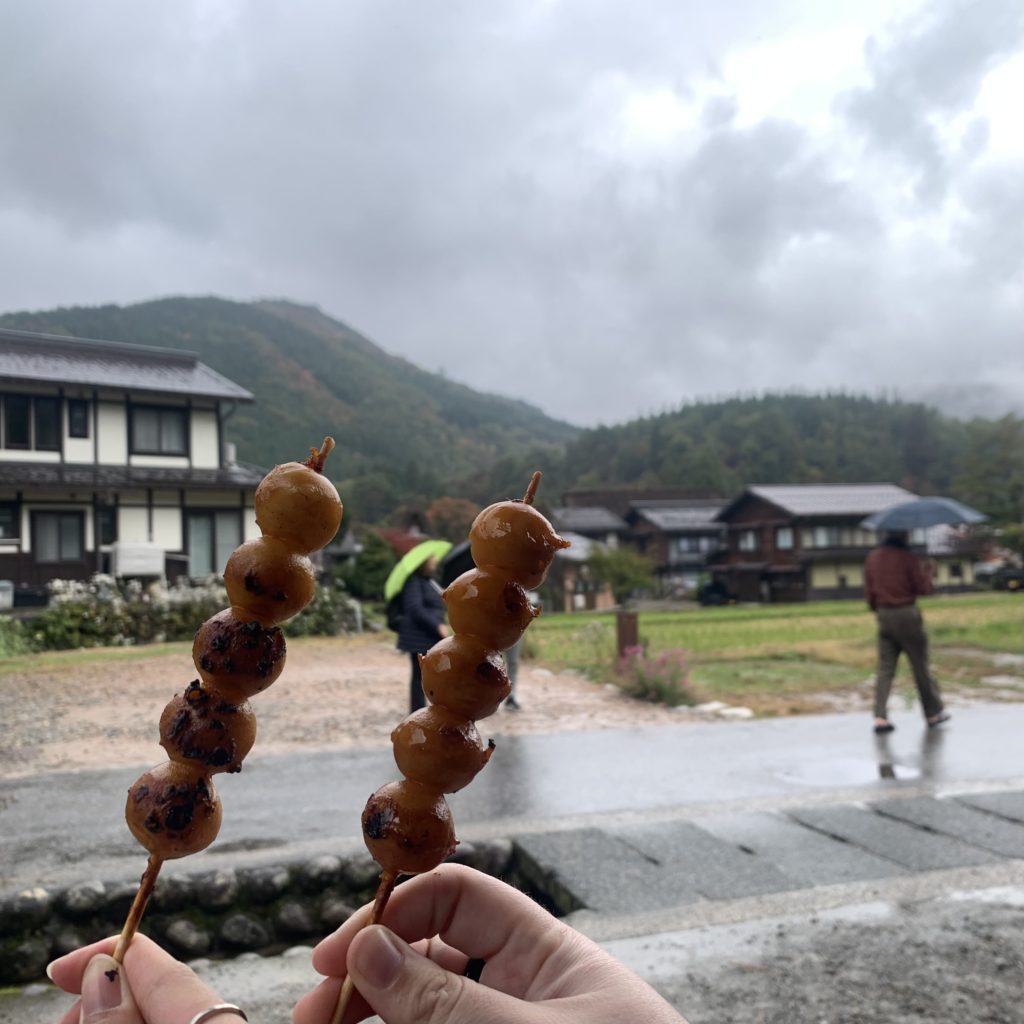
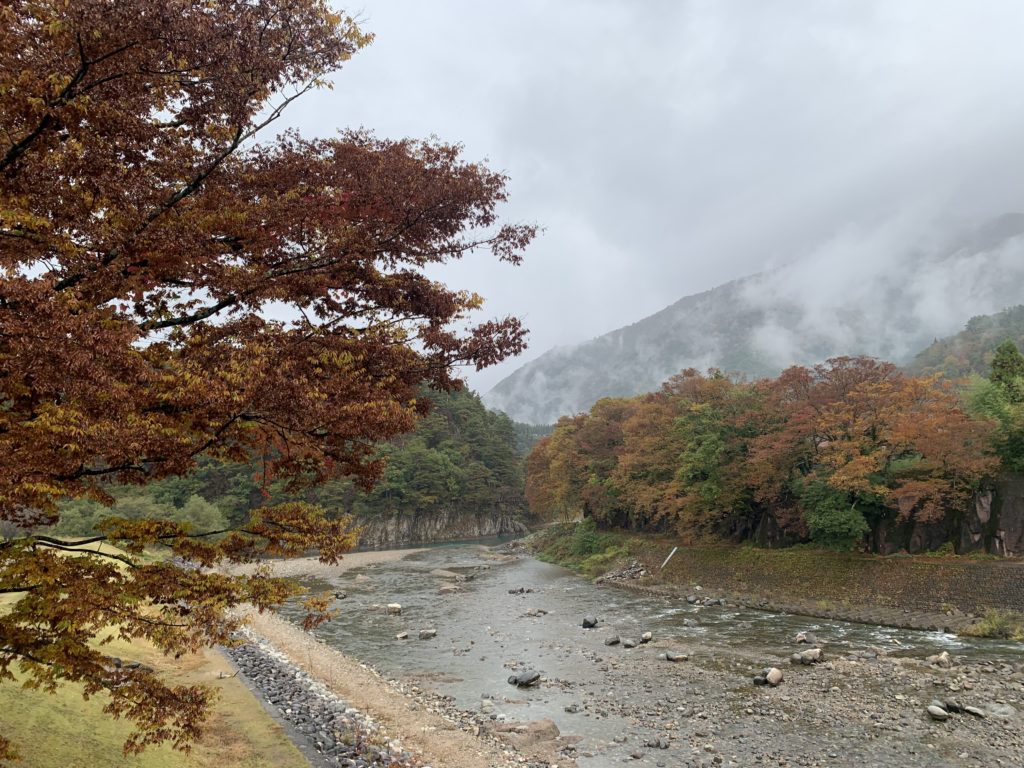
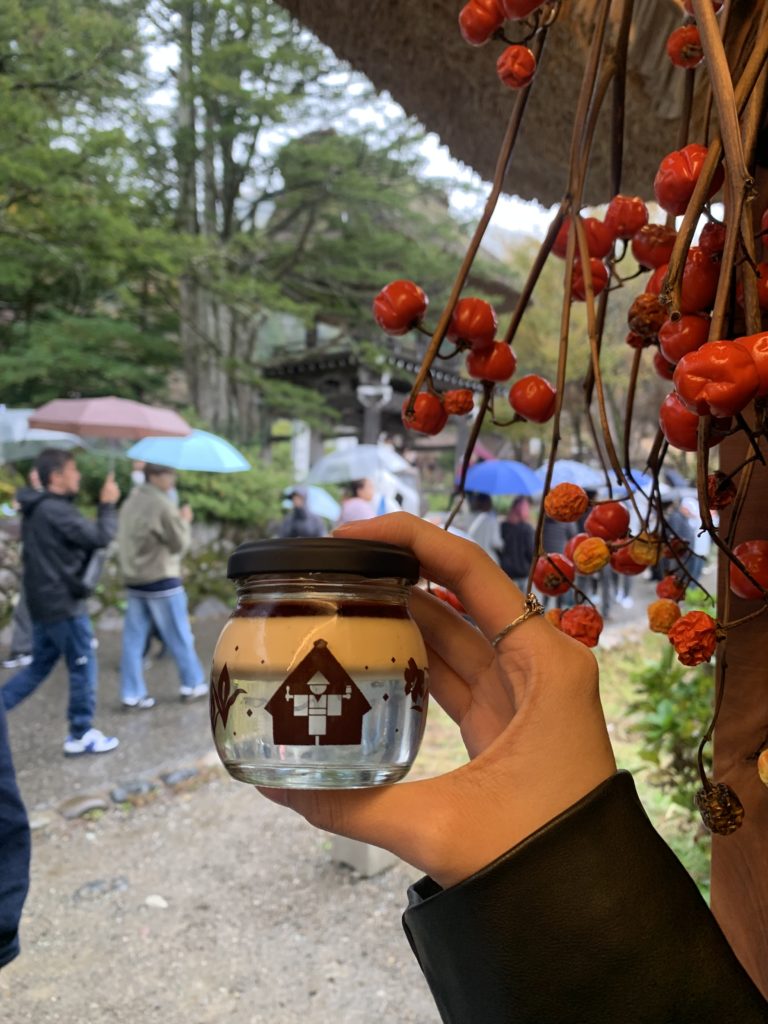
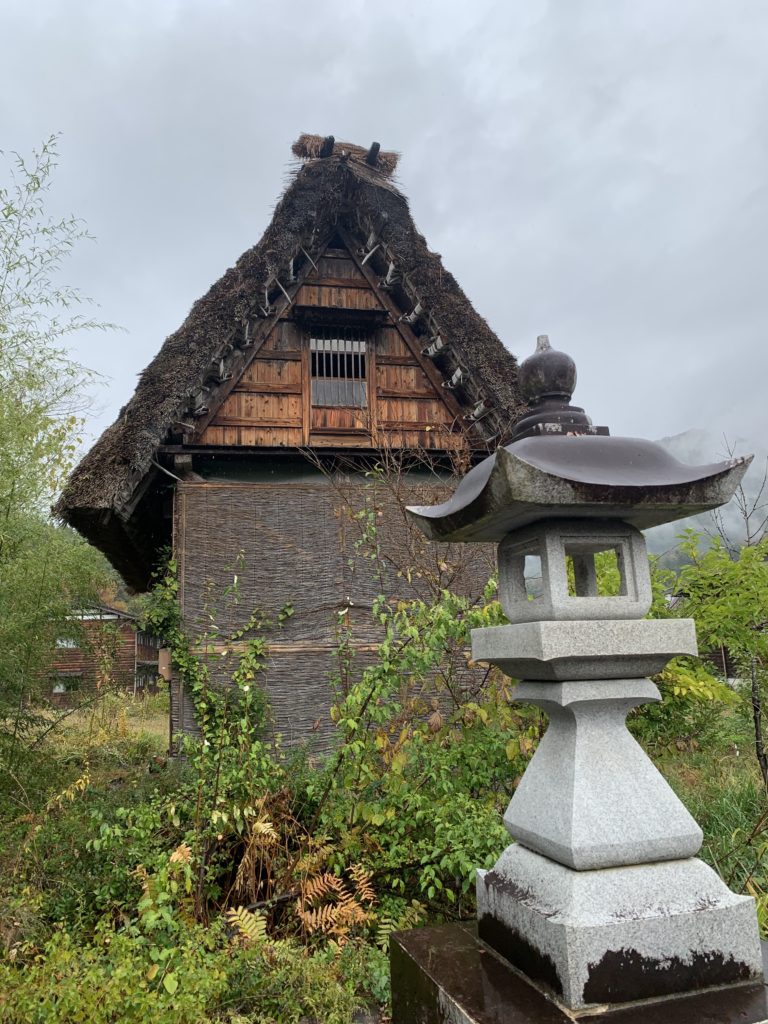
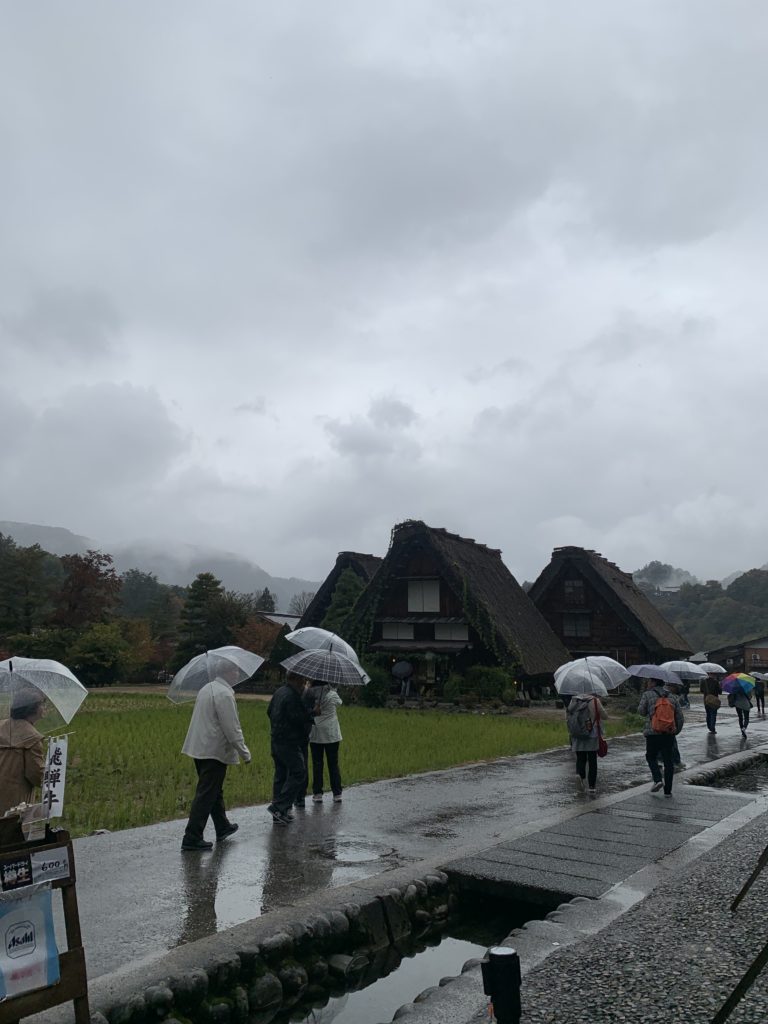
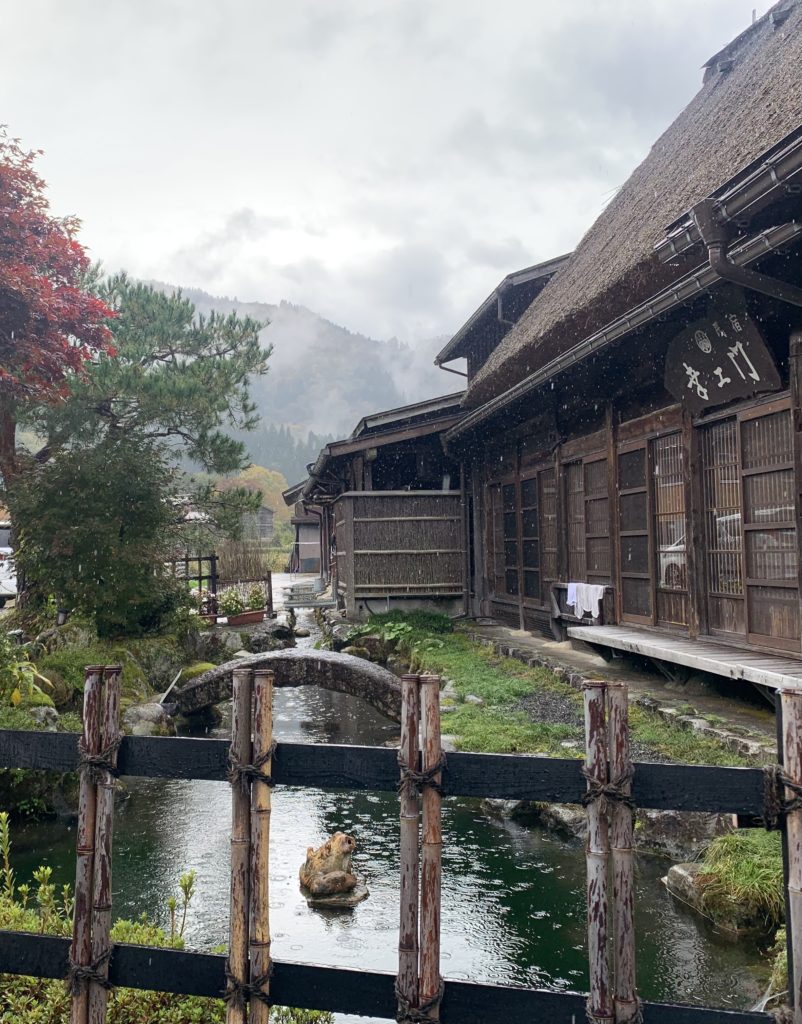
Takayama’s Hida Village is a small village worth poking around, and we spent part of the afternoon designing our own maneki neko figurines. The one I chose is holding up its right paw, which invites good fortune and money.
I got the full teishoku multi-course set meal experience that evening, which was definitely a tastebud shock for me due to the diverse textures and flavors. For those who are more open-minded and experimental with their food palette than I am, I recommend. But it was safe to say I went right back to my safe-zone of udon, curry rice, and onigiri as soon as I was back in Nagoya. However, I enjoyed seeing the presentation of each course, carefully arranged on each intentionally chosen dish.
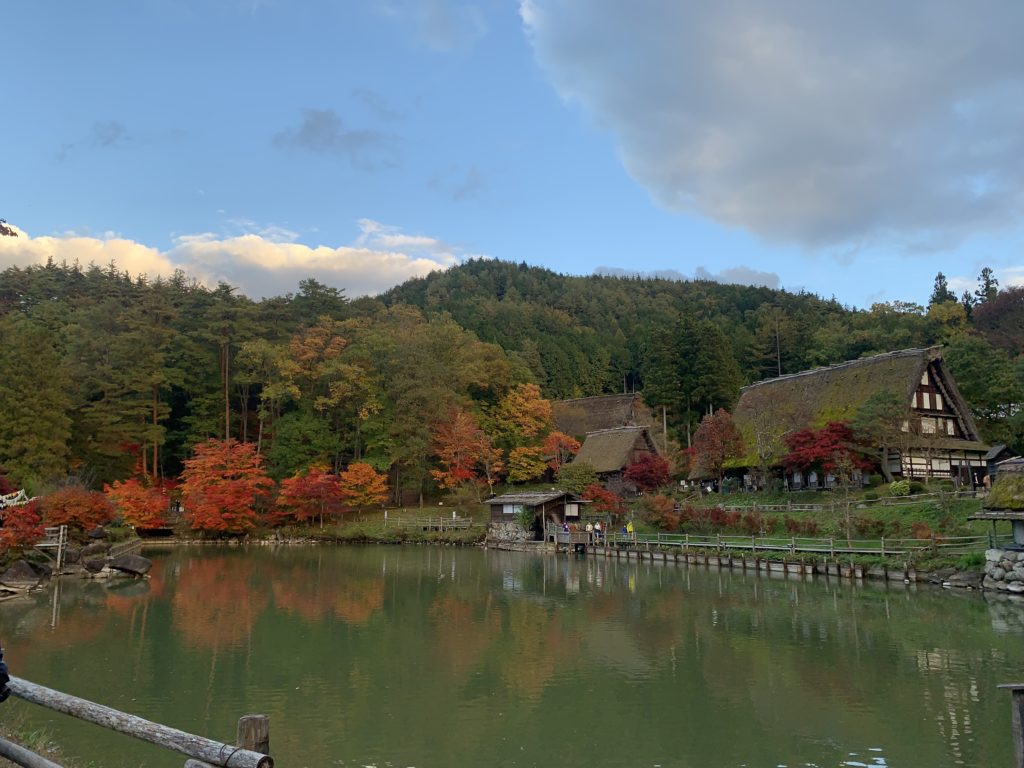
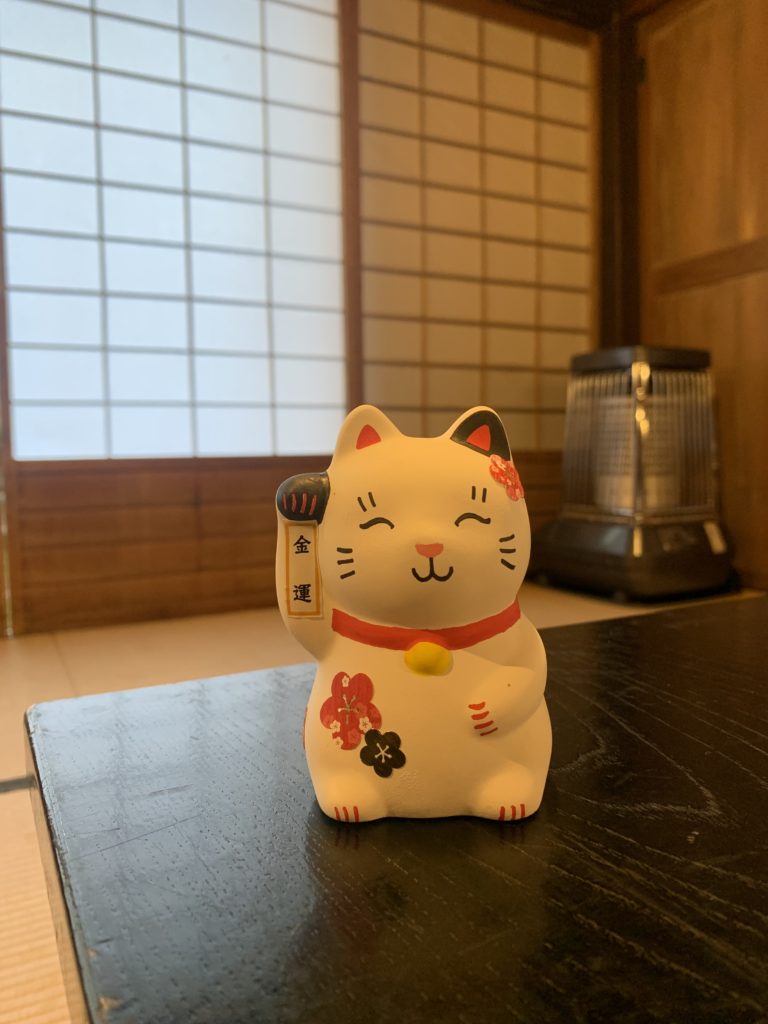
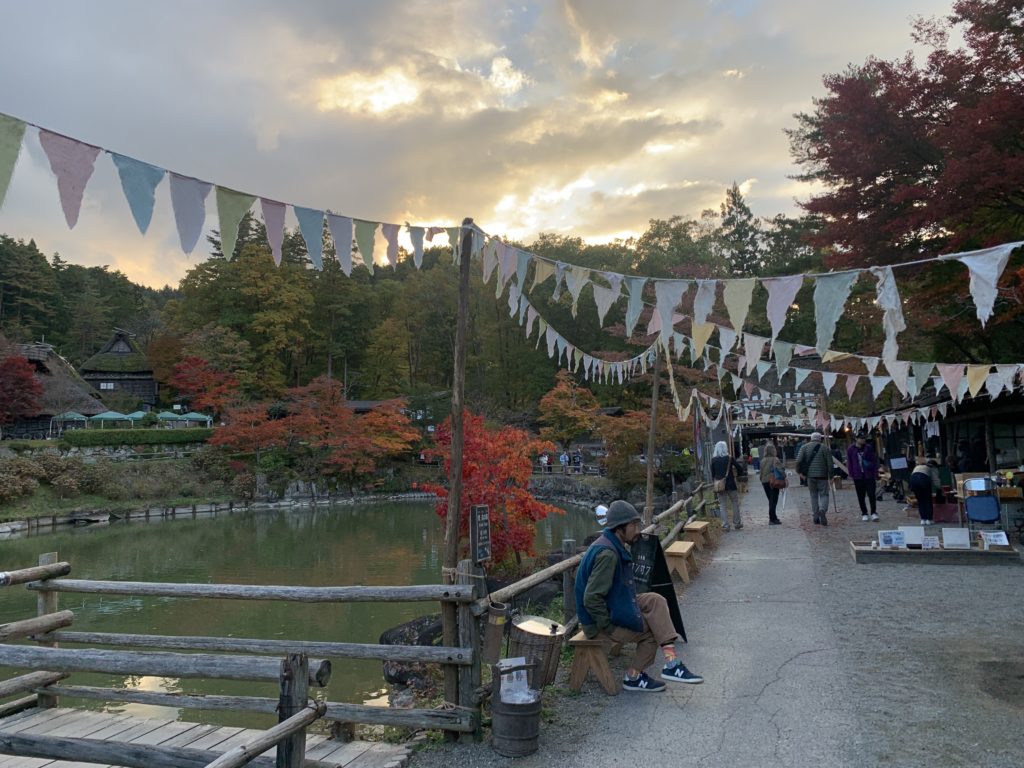
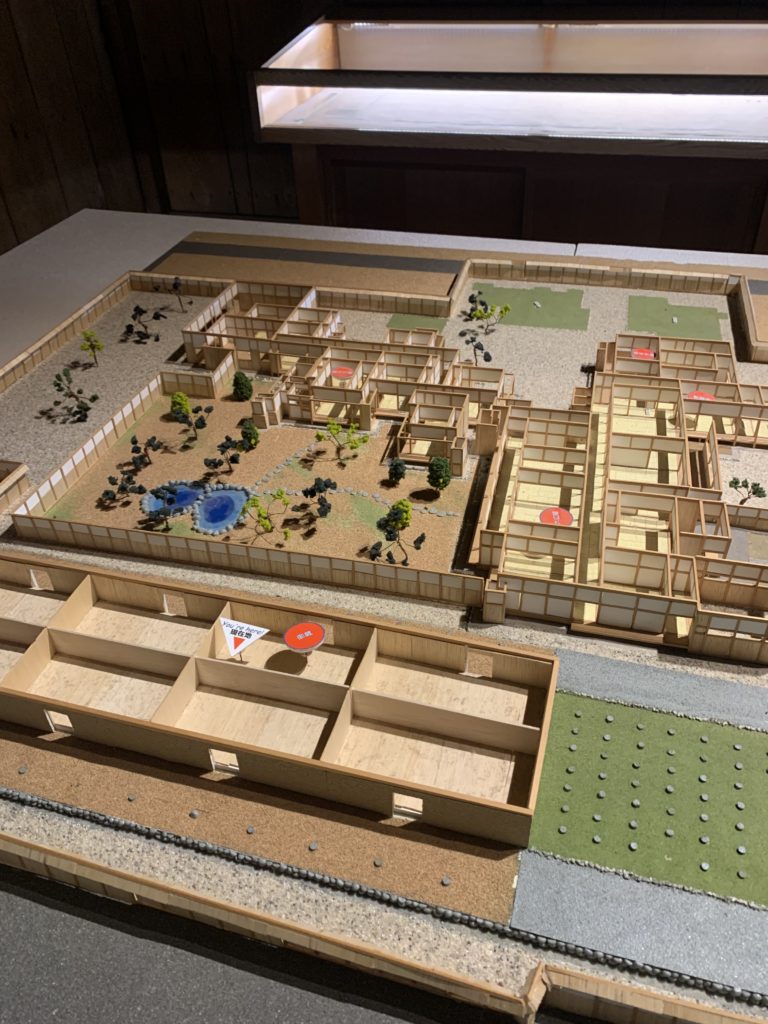
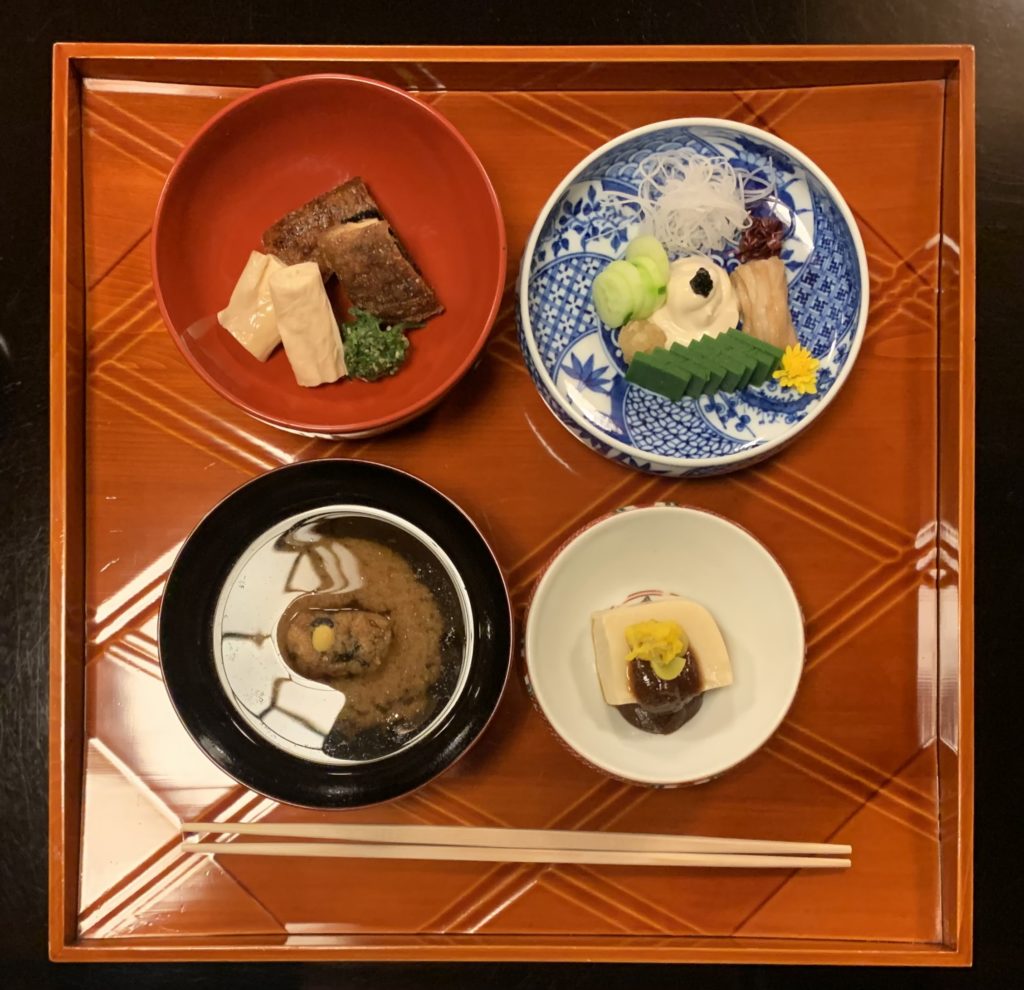
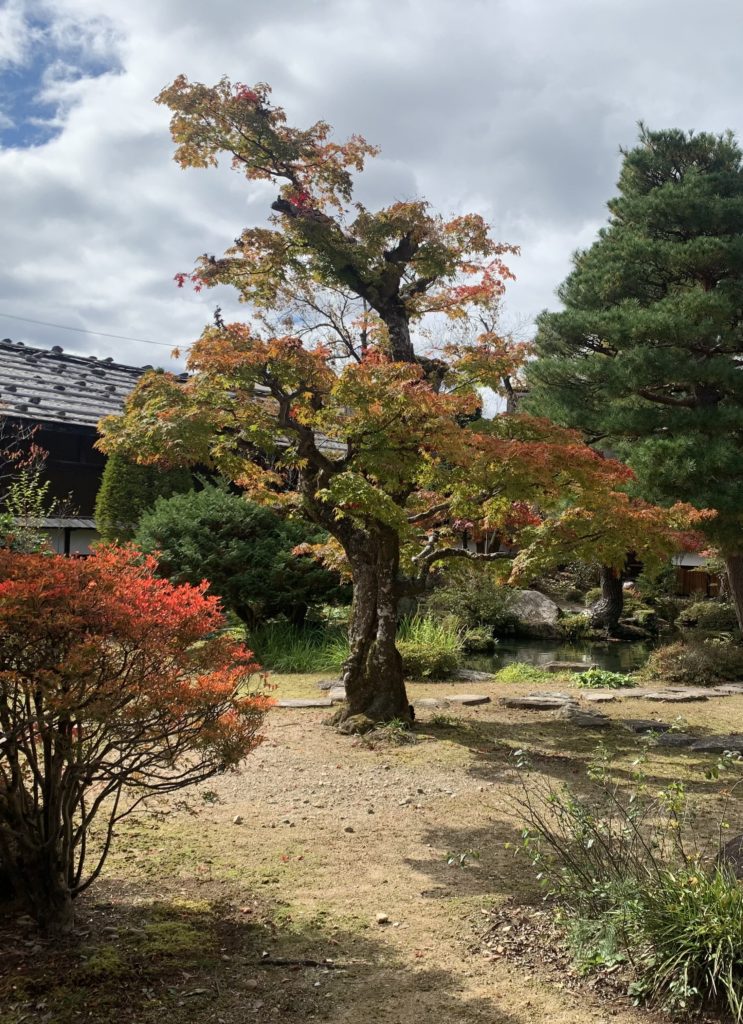
Ise
My next trip was the following weekend; I joined up with my friend to spend the day in Ise, located in the prefecture of Mie, south of Nagoya. Ise is a coastal city and home to the Ise Jingu shrines, which are Japan’s most sacred Shinto shrines. They’re dedicated respectively to the Sun Goddess Amaterasu, and the goddess Toyouke. Additionally, it’s home to some old Edo and Meiji period architecture, and Ise style udon. The last sightseeing stop we made was to the Meoto Iwa, Married Rocks. These rocks represent the union of the creator kami and celebrate the marriage union between man and woman.
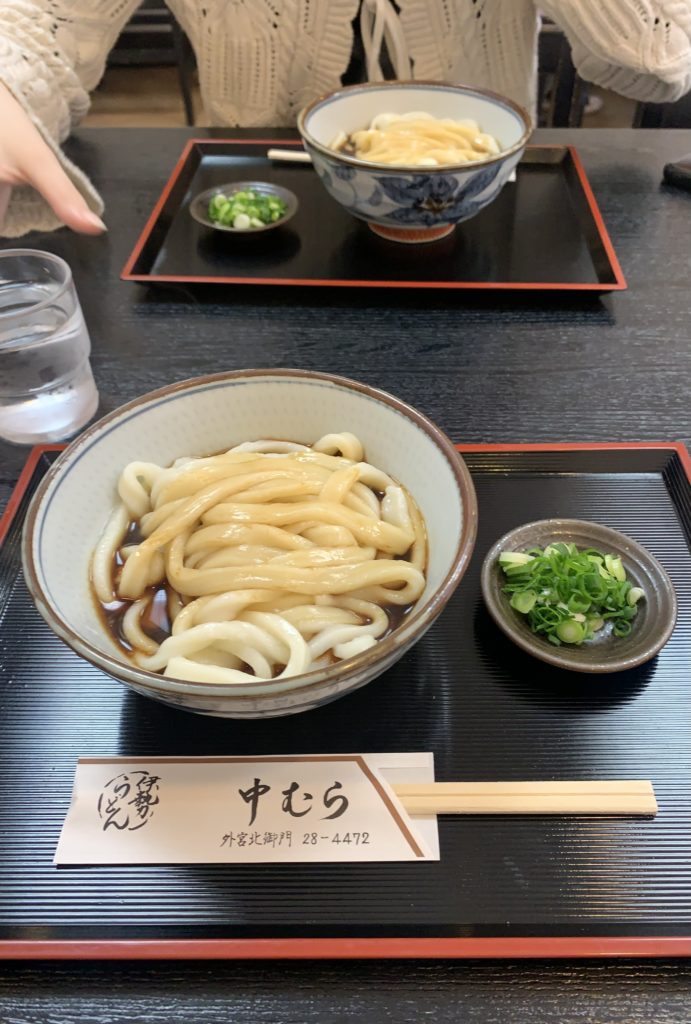
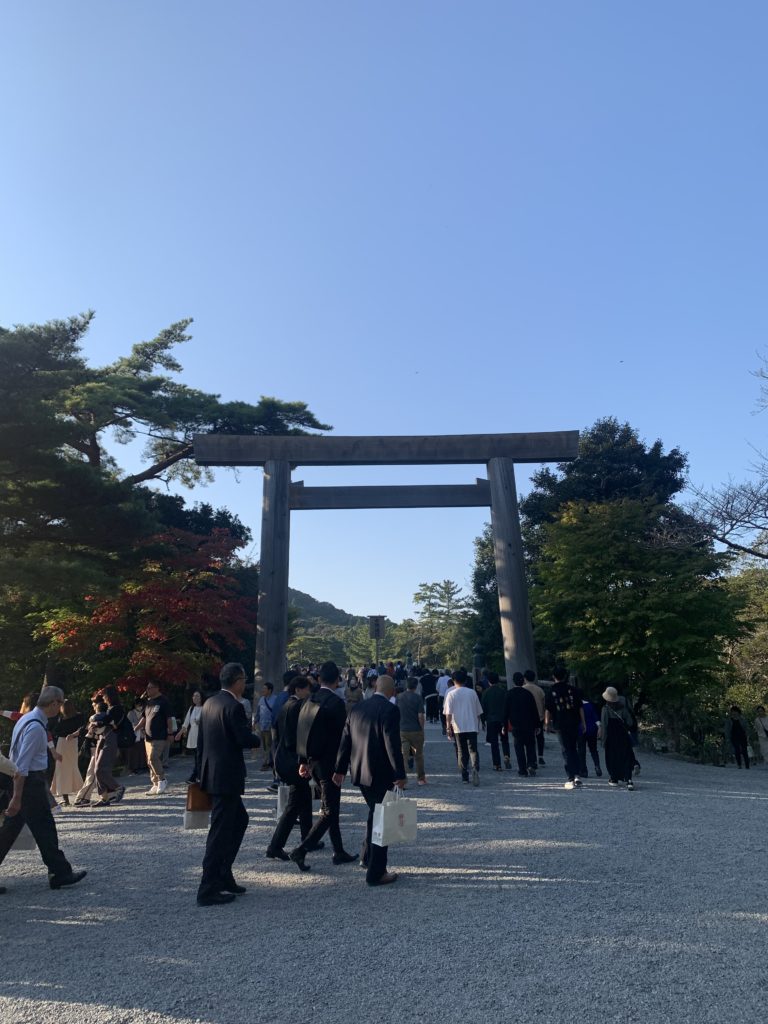
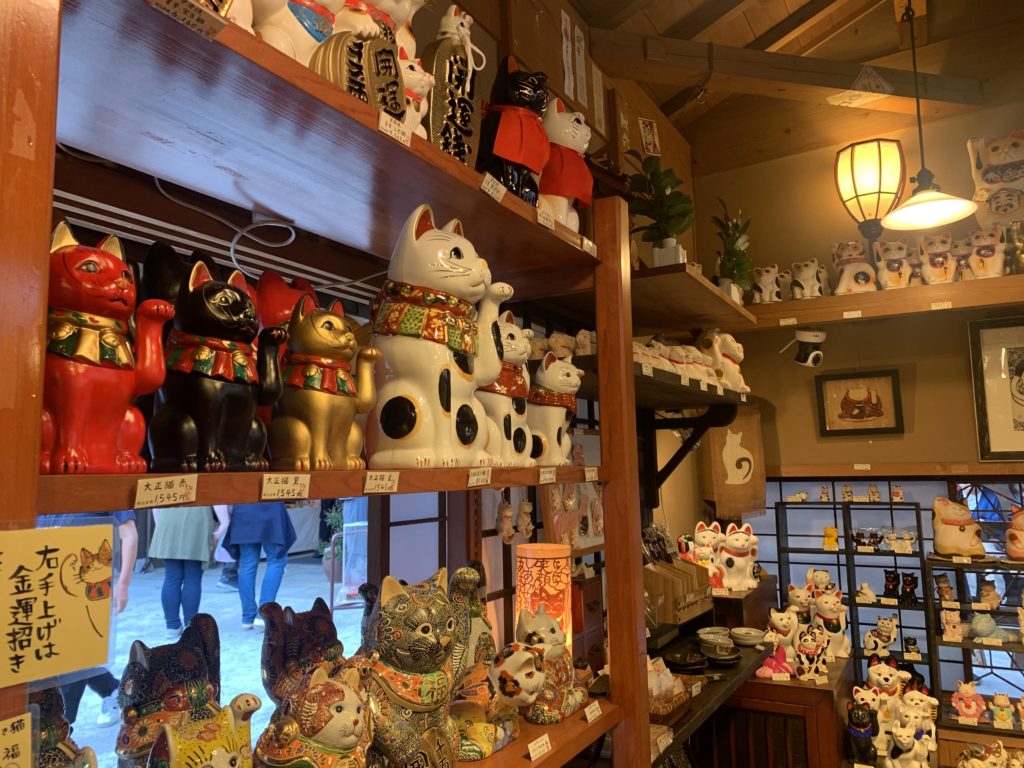
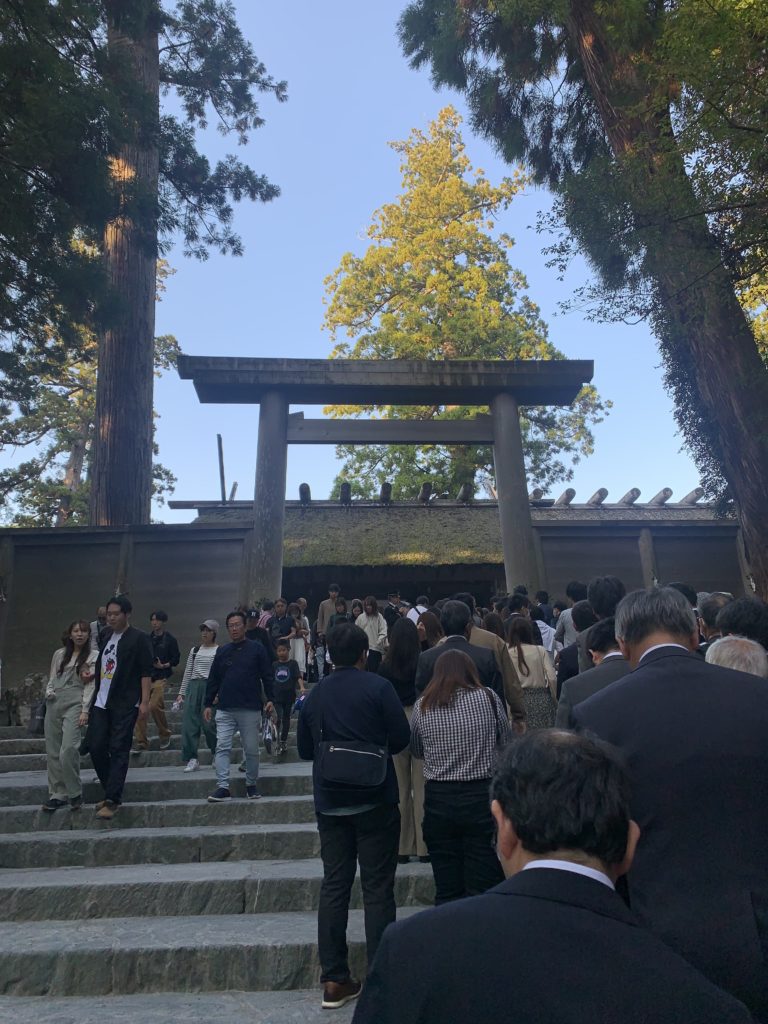
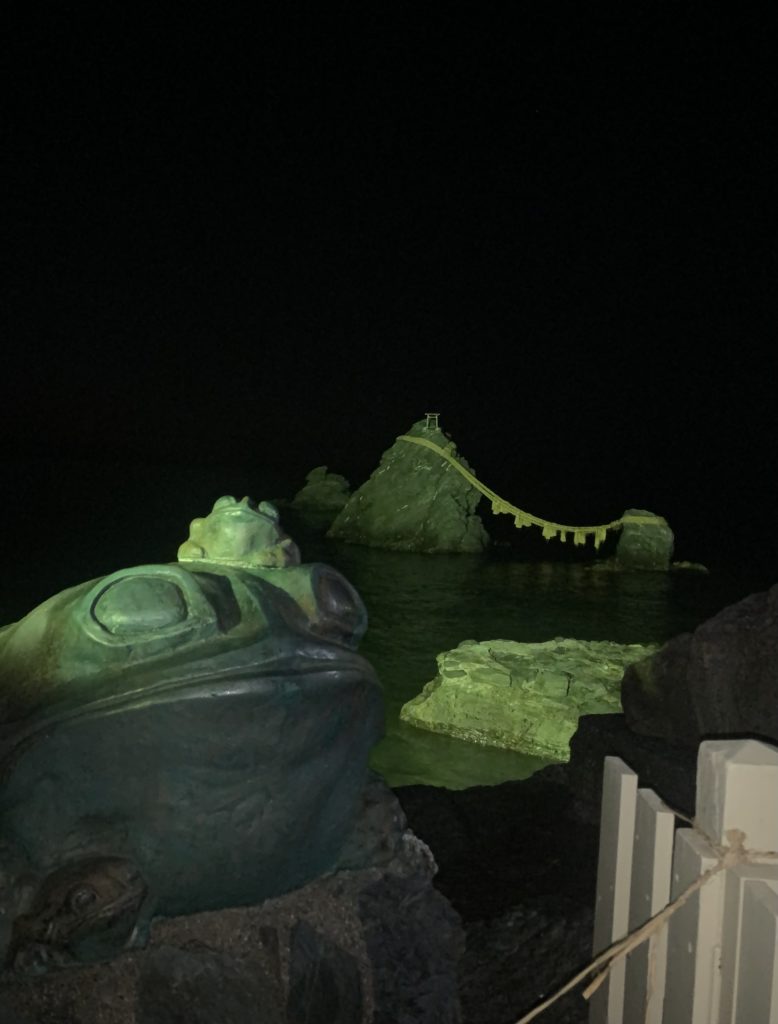
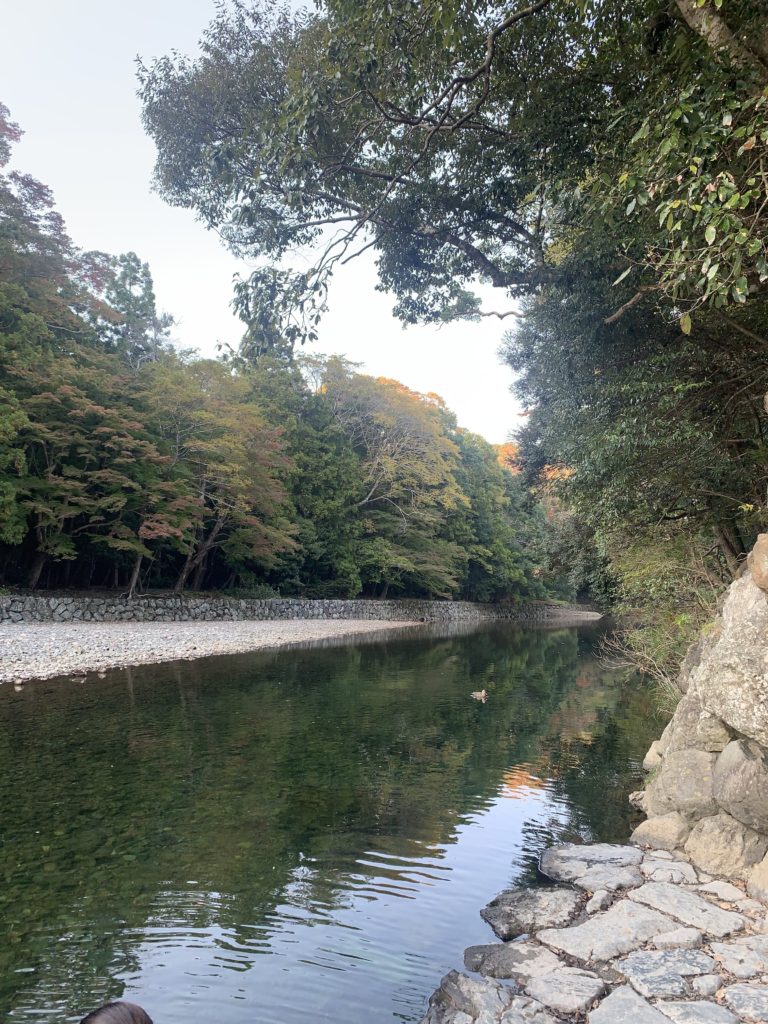
Kyoto
My last IES excursion to Kyoto, which I’d been looking forward to all semester. While Kyoto makes for a great tourist destination year-round, I was most excited to see it in the fall, when the kouyou would be visible, and the historic atmosphere would blend with the fall atmosphere (perfect for history studiers and fall enjoyers, such as myself).
Half our time in Kyoto was spent navigating the streets, lined with people from all over the country and world who’d come for the same reasons as us. Kyoto was packed. Our equally packed schedule took us to several famous shrines and temples, all with their own unique features, such as Kinkakuji’s pavillion gold leaf finish, or Fushimi Inari Taisha’s 10,000 torii gates.
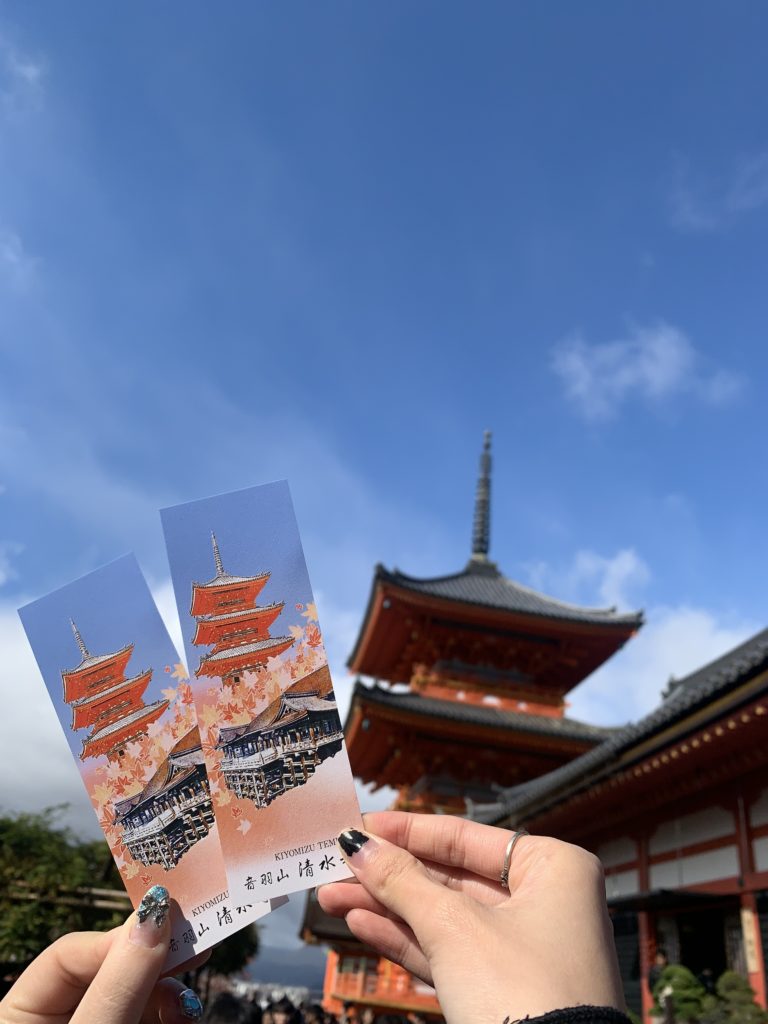
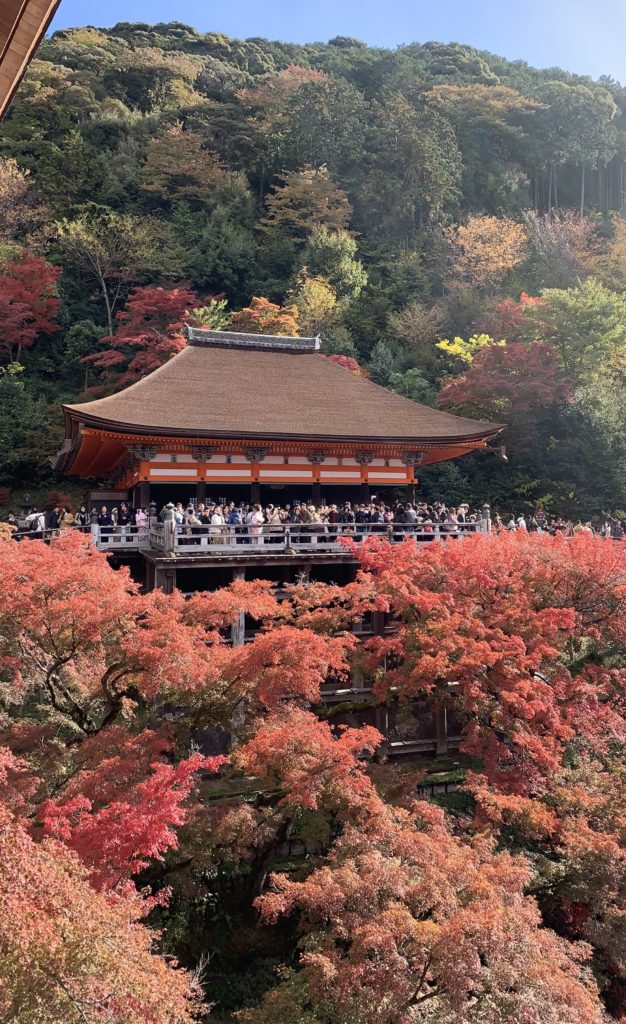
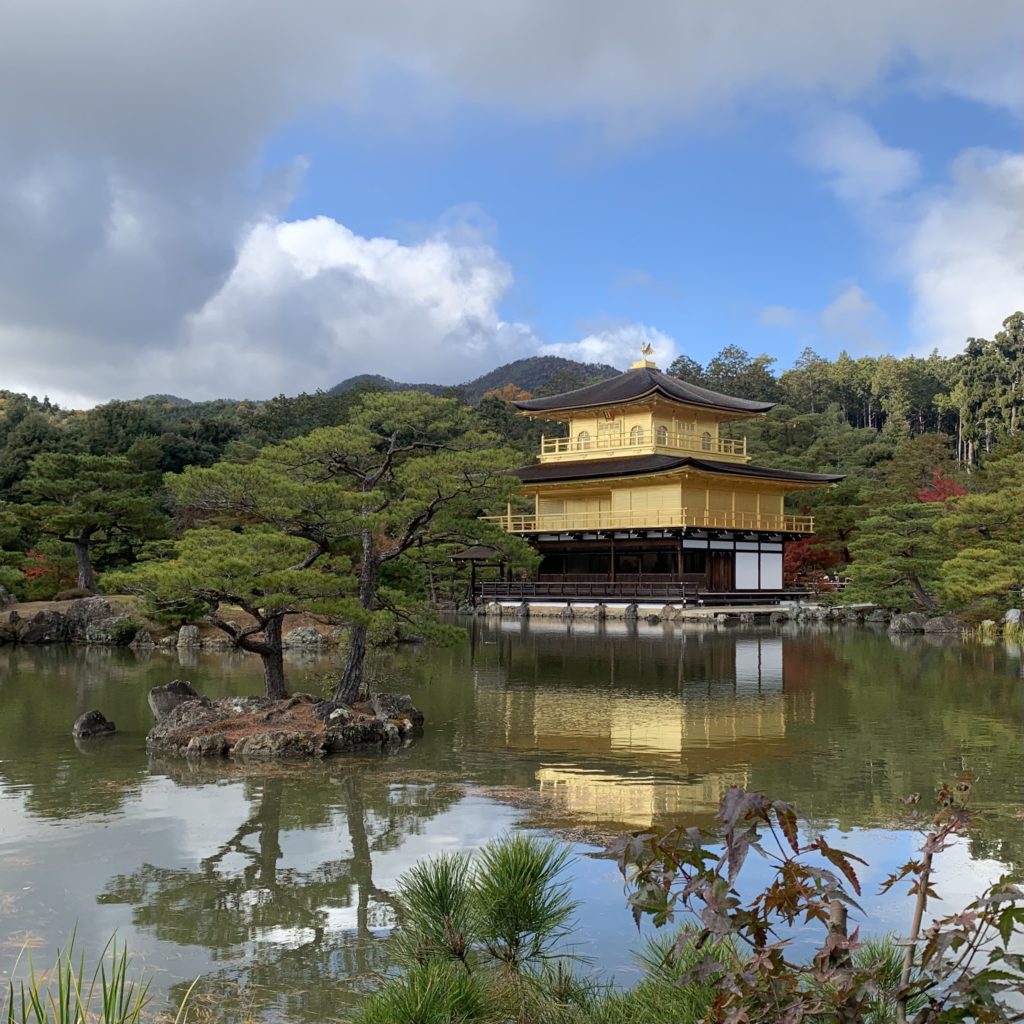
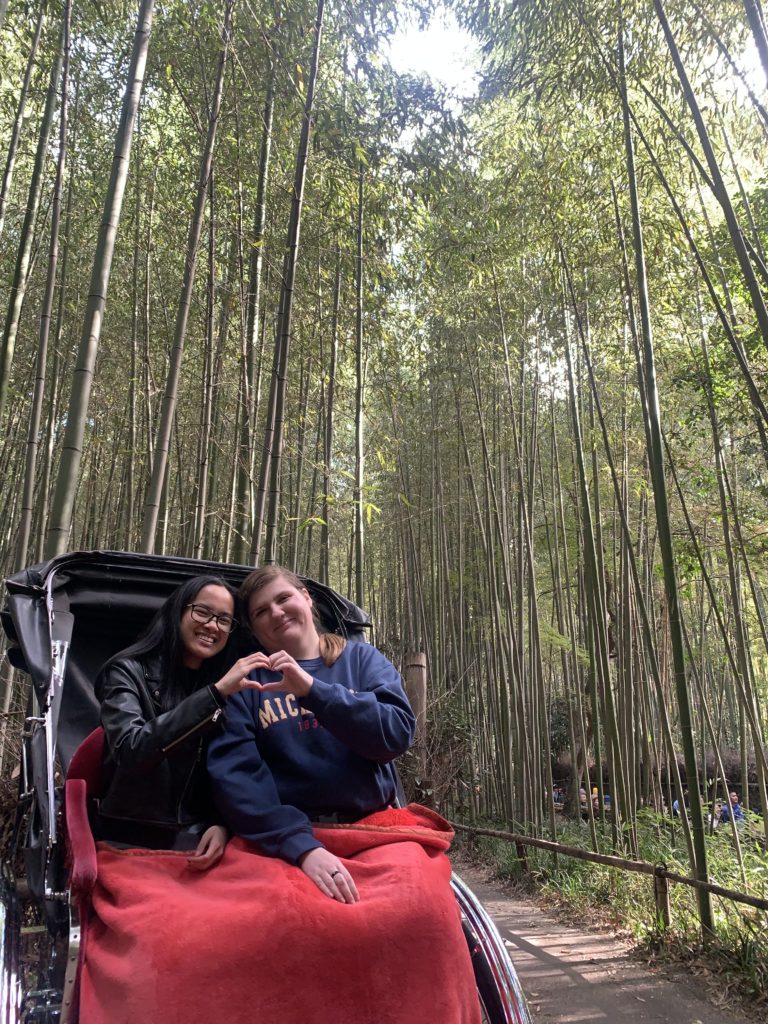
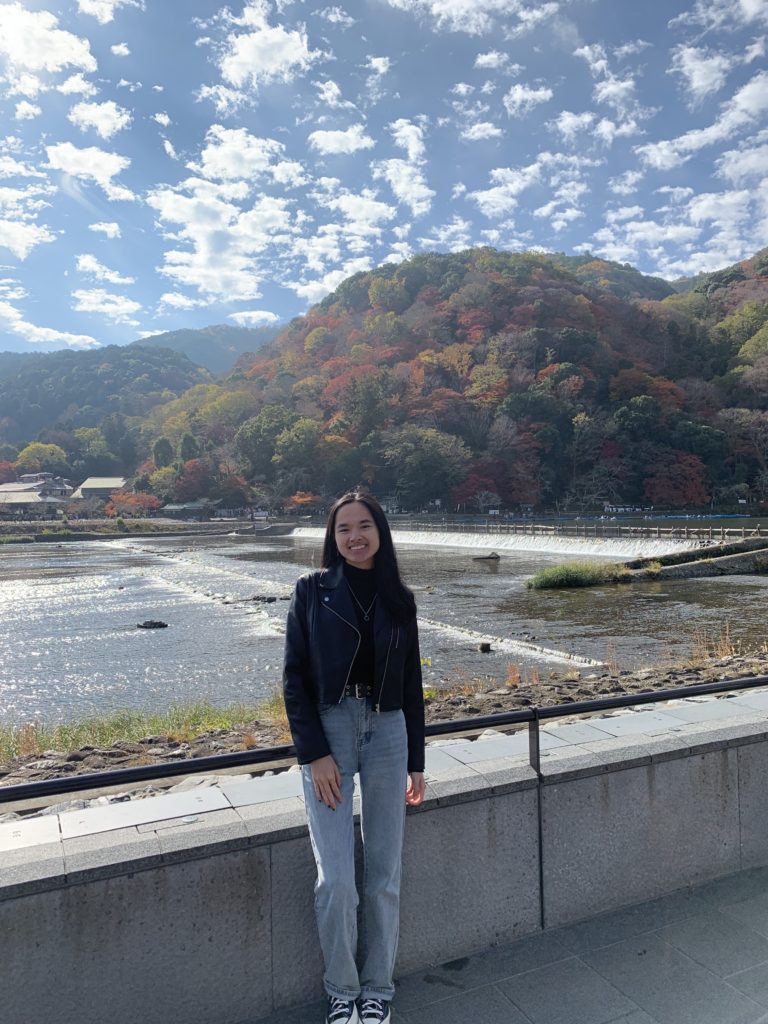
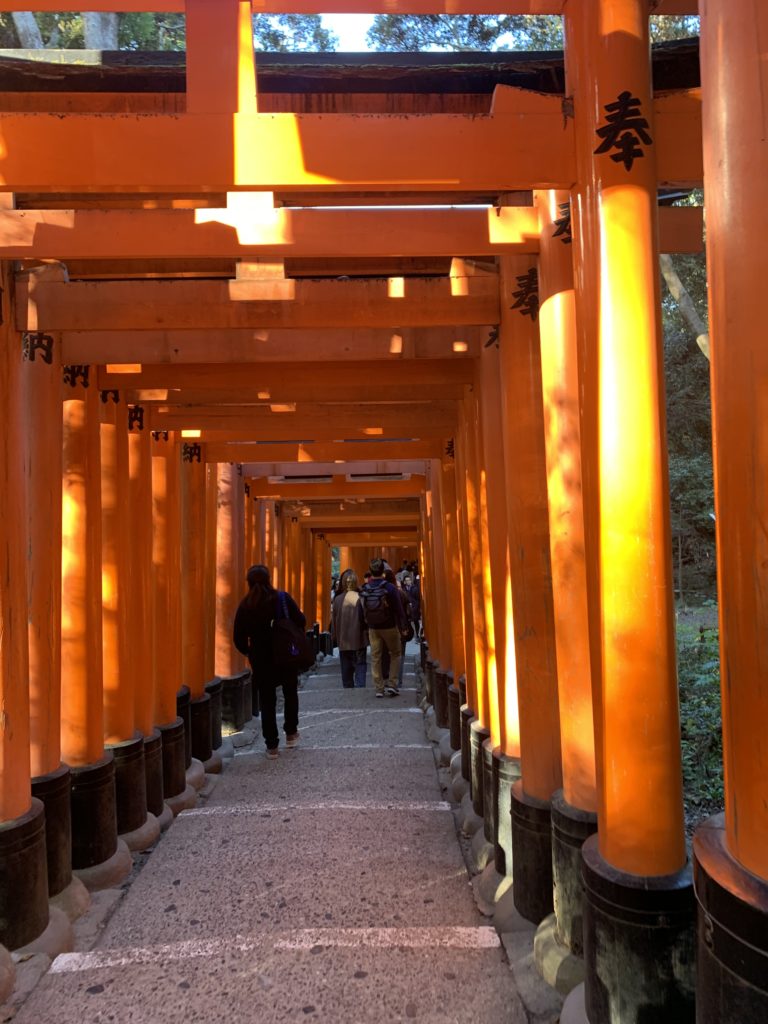
By now I’ve been able to experience three different falls in Japan. My travels have taken me from the north’s old and quiet villages with a mountainous backdrop, to the south’s slow-paced coastal city, to cultural and religious sites complemented by the kouyou in the west. Japan has so much to offer, and I am so grateful to be experiencing it.


